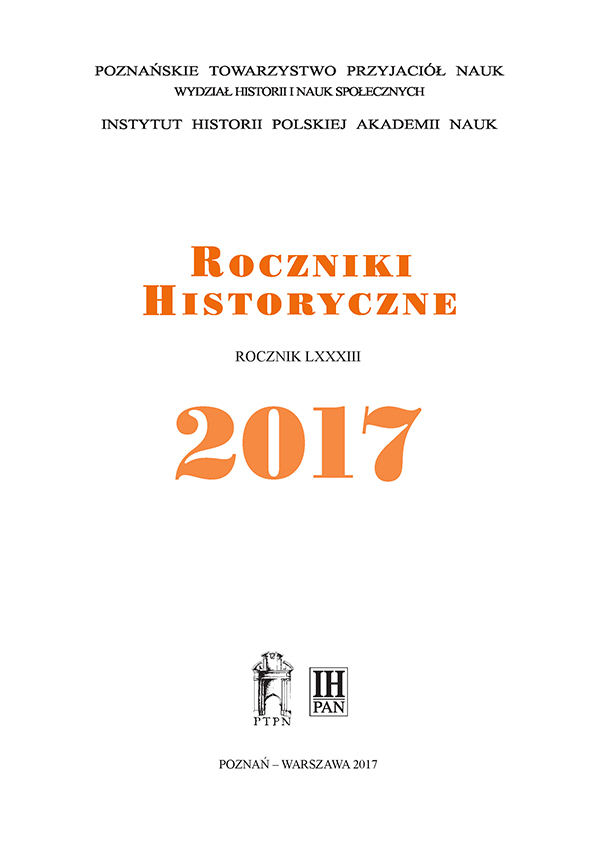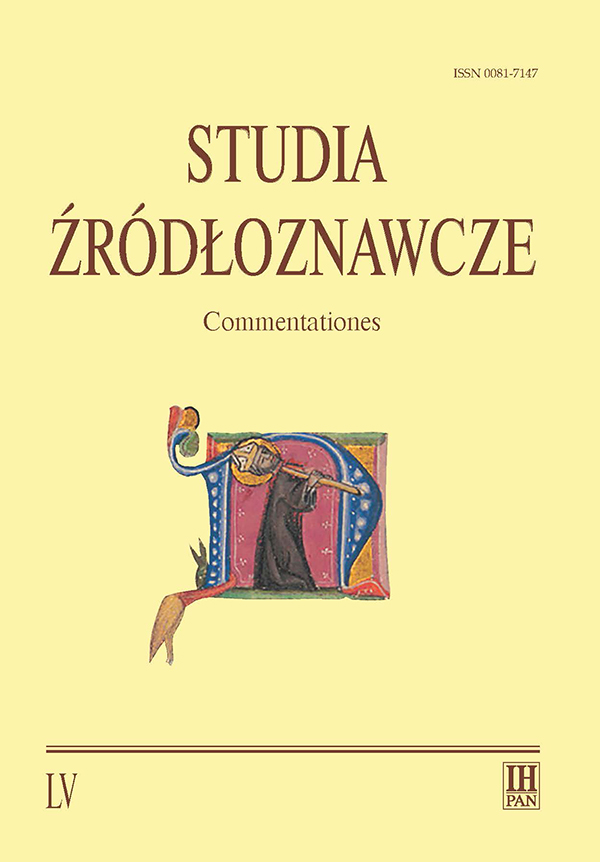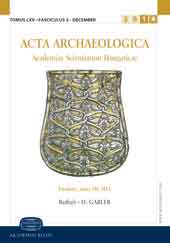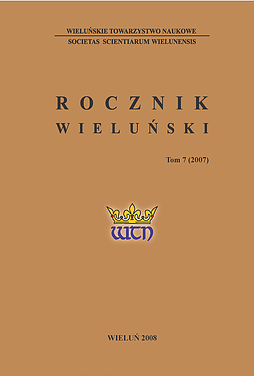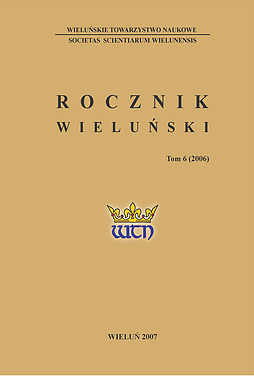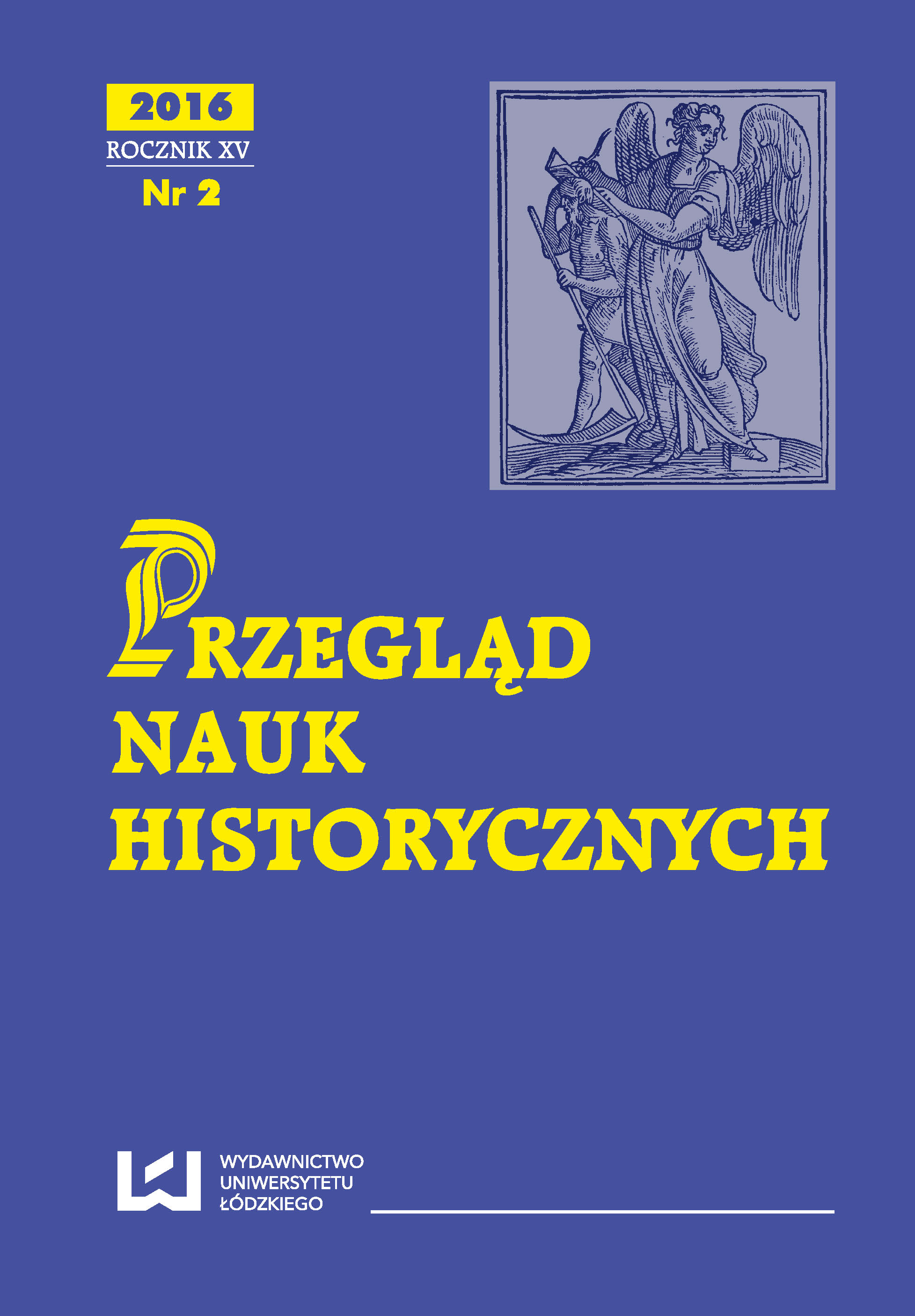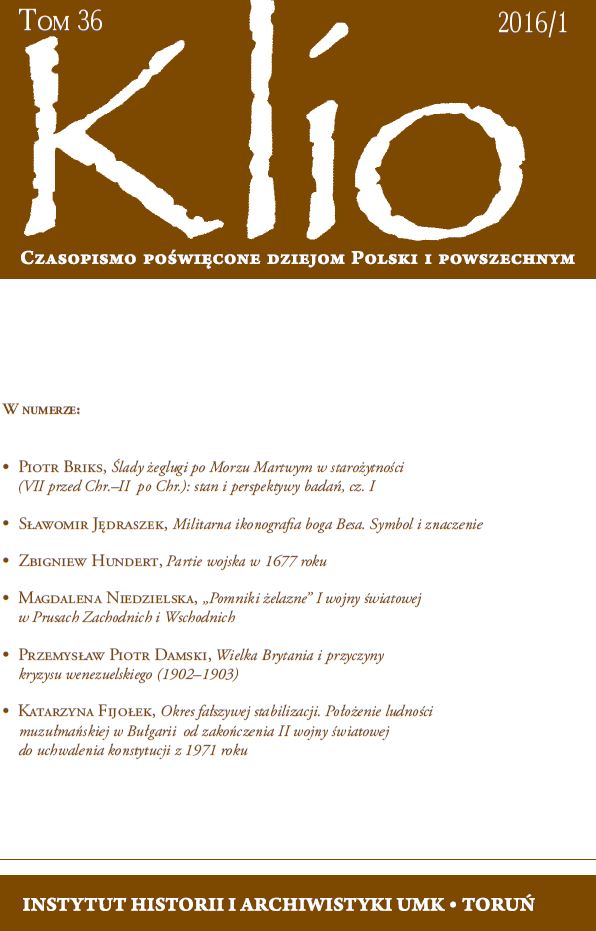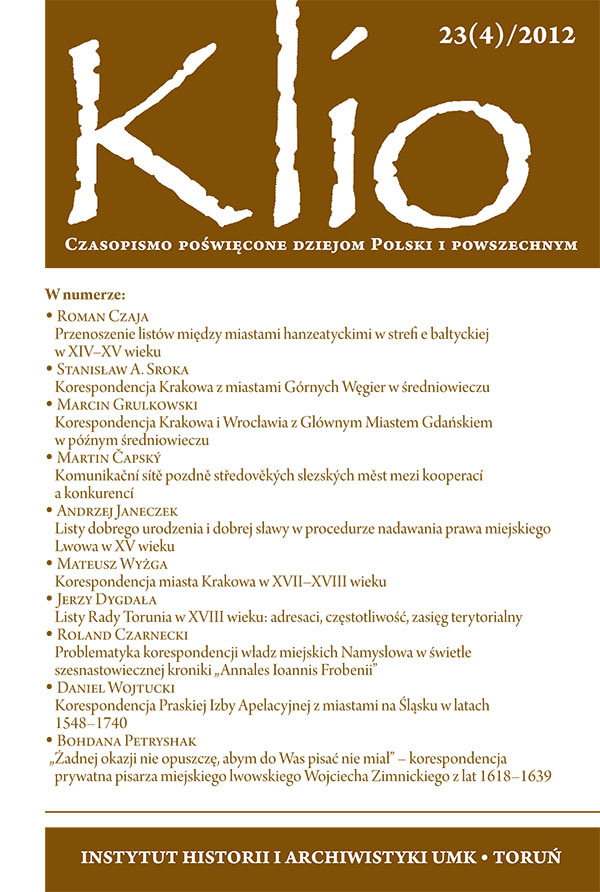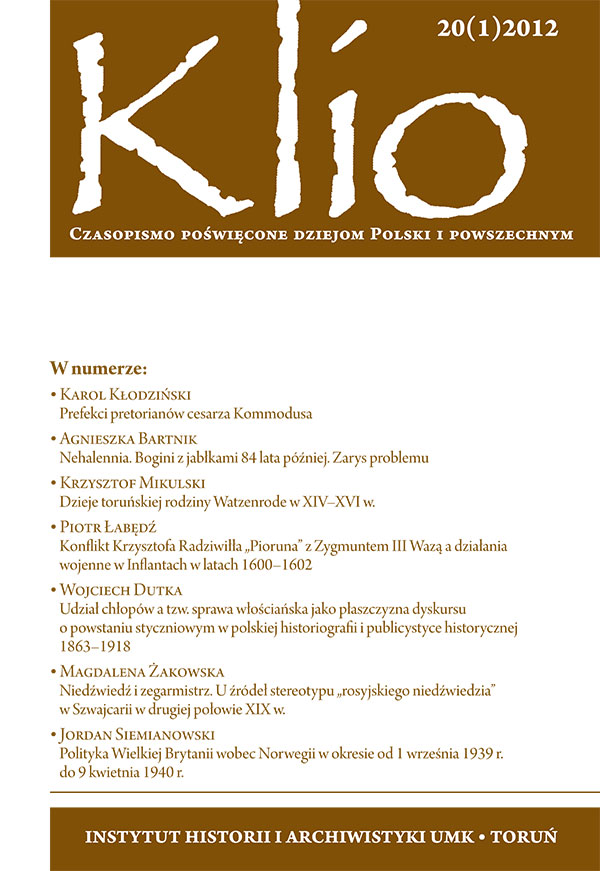Author(s): Zbigniew Anusik / Language(s): Polish
Issue: 2/2015
The aim of the study was to complete the genealogy of the Garwaski family and its achievements in the 15th, 16th, 17th century and present the most prominent representatives of the family. The survey showed that the Garwaski family, Grzymała coat of arms, is an old family from Mazovia, the genealogy of which is dated back to the 13th and 14th century. The 15th-century ancestors of the later Garwaski family were from Miszewo and hence they were called the Miszewski family. They were the lords of Mazovia, as well as their ancestor, Mikołaj, the castellan of Wyszogród who received his title from the prince Wańko (Wacław) in 1319. This also applies to Filip from Miszewo (d. 1442), the cupbearer (podczaszy) of Płock, and his only son, Jan, the castellan of Wizna (d. 1471). After the death of the latter the family had to divide its inheritance into three parts and thus temporarily lost its previous importance. None of the castellan’s children was an official. Only one of his grandsons, Jan Miszewski from Garwarz, also called Jan Garwaski from Miszewo (d. 1540), managed to both regain his family political position and rebuild its finance as he inherited landed estates from his father and uncle who died childless. He was the pantler (stolnik) of Wyszogród and cupbearer (cześnik) of Płock. Jan Garwaski married Zofia Dzierzgowska who was a sister of the primate Mikołaj Dzierzgowski (d. 1559). That marriage was one of the most important events in the history of the Garwaski family. Their sons, Paweł (d. 1560) and Hieronim (d. 1583), could count on the patronage and support of the powerful uncle. The first was the castellan of Sierpc, the second, the chancellor of Gniezno who governed 8 different prelatures. Paweł Garwaski could have probably gained higher position in the Senate but he died untimely. Perhaps his brother could have become a bishop, if only the archbishop Dzierzgowski had lived any longer. Yet, Paweł Garwaski, like his own father, had a wife from the wealthy and prominent family. He married Elżbieta Kucieńska, a daughter of Stanisław, the voivode of Rawa (d. 1542). Their children inherited, after the childless deaths of all Stanisław’s sons, a third part of the landed estate of Kutno. The sons of Paweł and Elżbieta from Kutno, Stanisław, Paweł and Jerzy, made the Garwaski family prominent. The reign of king Sigismund III Vasa was the best time for the family. Both Stanisław (d. 1613) and Paweł (d. 1618) Garwaski were the castellans of Płock. Their youngest brother, Jerzy (d. 1615/16), was the governor (starosta) of Gostynin. When Stanisław, the castellan of Płock, died the Garwaski family had in its possession landed estates located in voivodeship of Płock, Mazovia, Rawa, Łęczyca and land of Dobrzyń that included one town, one part of a town, one aldermanship (wójtostwo), 19 villages and two parts of a village. They also made the use of two quite wealthy Royal estates, the crown land (starostwo) of Gostynin (the castle, the town and 5 villages) and crown land (starostwo) of Wyszogród (the castle, the town and 7 villages). However, Jerzy Garwaski was unable to pass the crown land of Gostynin to one of his sons and Paweł was forced to sell the crown land of Wyszogród to the Karnkowski family. After the death of Paweł in 1618 the Garwaski family ceased to be a senatorial one. None of his successors was a senator. Paweł's two sons died childless and their landed estates passed to their uncle the castellan of Płock, Walenty Zieliński. Three of six Jerzy’s sons chose a clerical career. Stanisław (d. 1635) was a dean of Płock and a canon of Kraków, Jan (d. 1633), a curator (kustosz) of Łowicz and a canon of Płock, Mikołaj (d. after 1634) joined the Jesuit order. What is more, Paweł (d. before 1654) was a cupbearer (podczaszy) of Gostynin, Piotr (d. before 1660) became the royal courtier and a leaseholder of Rzeczyca crown land and Zygmunt (d. before 1652) did not hold any office at all. Piotr was the richest of the brothers. At the end of his life he had a half of town Kutno, 7 villages and two parts of a village. These estates were inherited by his sons, Krzysztof (d. after 1699) and Ludwik (d. before 1689). When Ludwik died childless, Krzysztof inherited all fortune of their father. He was the last descendant of the family who could be described as a wealthy nobleman. Yet, he lost that status in 1698, when he sold landed estate Kutno. His 18th-century descendants were members of the middle nobility only. The son of Zygmunt Garwaski, Franciszek Jan (d. after 1698) also sold familial landed estates located on the borderland between Łęczyca voivodeship and Gostynin land (part of Rawa voivodeship) and moved to the Mazovian voivodeship. It is also worth noting that until the end of the 17th century male representatives of the Garwaski family had wives from well-known and wealthy senatorial families. Paweł (d. 1618) married Dorota Zielińska, a daughter of Grzegorz, the voivode of Płock. His brother, Jerzy (d. 1615/16), married Agnieszka Szczawińska and later Anna Tarnowska, a daughter of Stanisław, the castellan of Sochaczew. One of Paweł’s sons, Jan (d. 1624), married Izabela Karnkowska, a daughter of Jan Stanisław, the voivode of Płock. As for Jerzy’s sons: Paweł married Anna Krasińska, a daughter of Franciszek, the castellan of Ciechanów; Piotr married Agnieszka Słupska and later Katarzyna Sienieńska, a daughter of Zbigniew, the castellan of Lublin; Zygmunt married Ewa Kucieńska, a daughter of Grzegorz, the governor (starosta) of Kruszwica. Katarzyna Walewska, a daughter of Zygmunt, the chamberlain (podkomorzy) of Łęczyca, was the wife of Krzysztof, the only son of Piotr and Katarzyna Sienieńska who ever married. Finally, sons of Jerzy Garwaski, the governor (starosta) of Gostynin were bound by the family connections with the well-known and influential families such as the Krasiński, Kretkowski, Sierakowski, Sienieński, Lanckoroński, Walewski, Konarski, Plichta and Leszczyński. Thus through almost entire seventeenth century the Garwaski family was still perceived as a part of political and financial elite of Greater Poland. Its financial situation worsened when the family sold Kutno landed estate in 1698. Then the Garwaski family definitively lost its position and importance.
More...

